Search for...
#shift elearning Bookmarks
Published Bookmarks
 The Mobile Workforce – Everything You Need To Know in 5 Infographics
The Mobile Workforce – Everything You Need To Know in 5 Infographics
The workplace, including the training department, is being shaped by the demands of the mobile workforce. Employees no longer keep office hours and prefer to complete tasks on the road and from home. Laptop-toting professionals and workers tied to their Internet-enabled devices are looking for ways to increase their productivity. They are expecting to access knowledge right away, at the point of need, wherever they are, and all done simply in the palm of their hand and at the touch of a button.
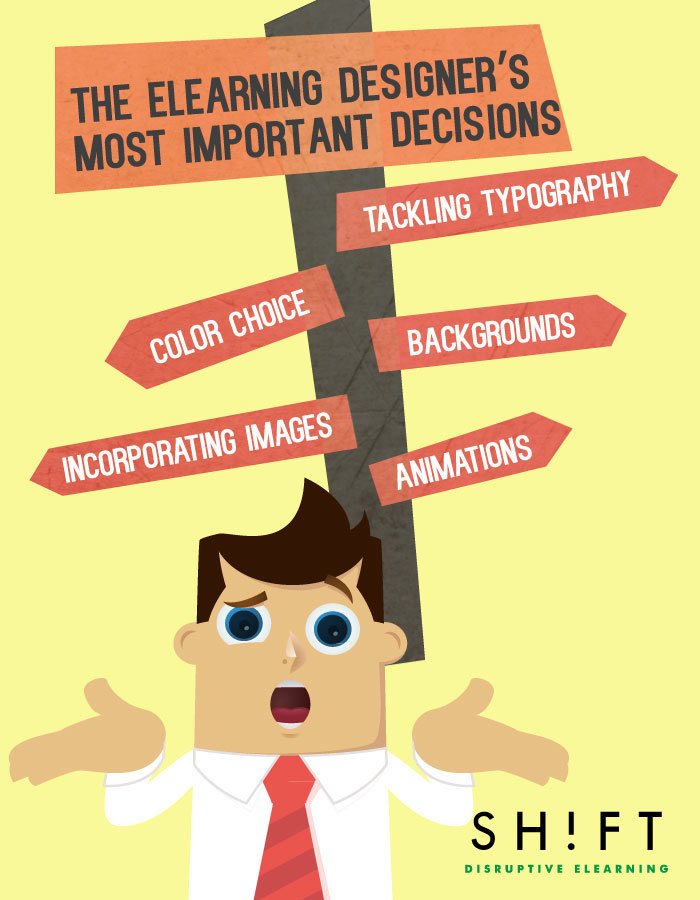 The eLearning Designer’s Most Important Decisions
The eLearning Designer’s Most Important Decisions
Great design is about making smart decisions. And skillfull eLearning designers know this. They know the “look and feel” of a course is a very important decision in the whole development process. With this in mind, they try to create screens that draw learners' attention, that motivate learners toward interaction, and help learners accomplish learning goals without confusion and fatigue.
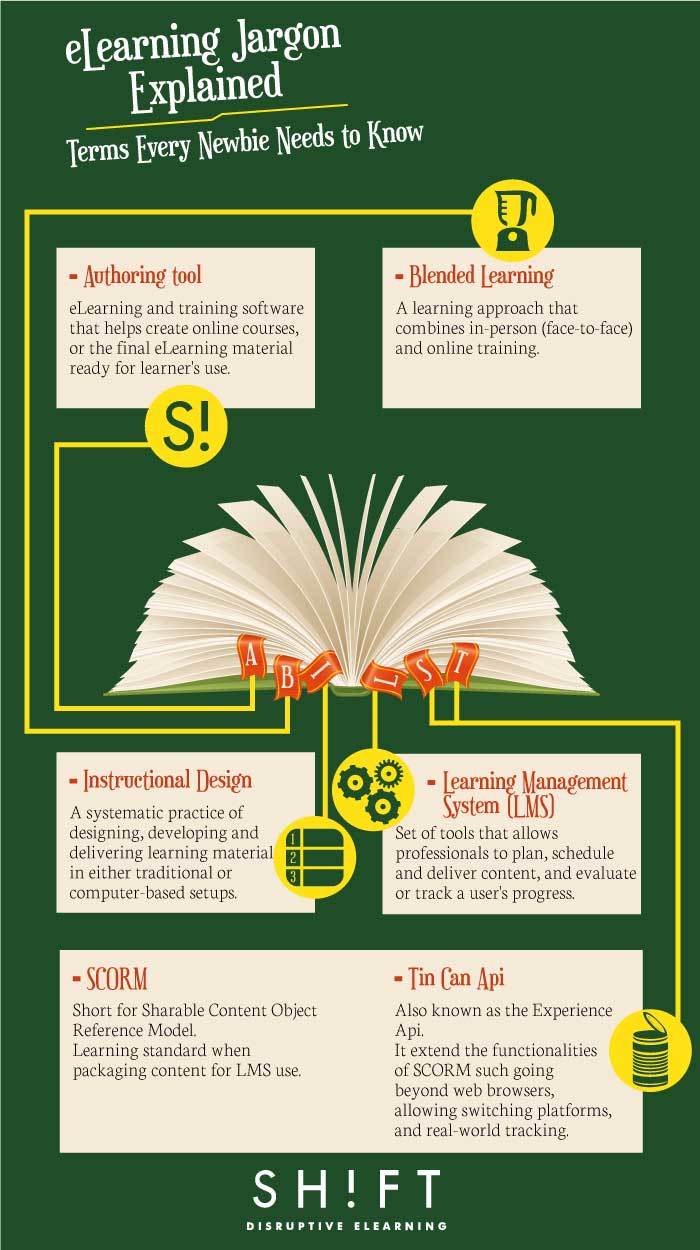 eLearning Jargon Explained: 5 Terms Every Newbie Needs to Know
eLearning Jargon Explained: 5 Terms Every Newbie Needs to Know
Business owners, managers and executives new to the eLearning field sometimes find it hard to grasp industry concepts and terms. Though most of the times they’re not going to be developing the courses themselves, they need to fully understand industry terminology. But beyond just a definition, professionals should also not miss out on the business benefits new words bring. It's their deep knowledge of the industry that will get them the results they wanted.
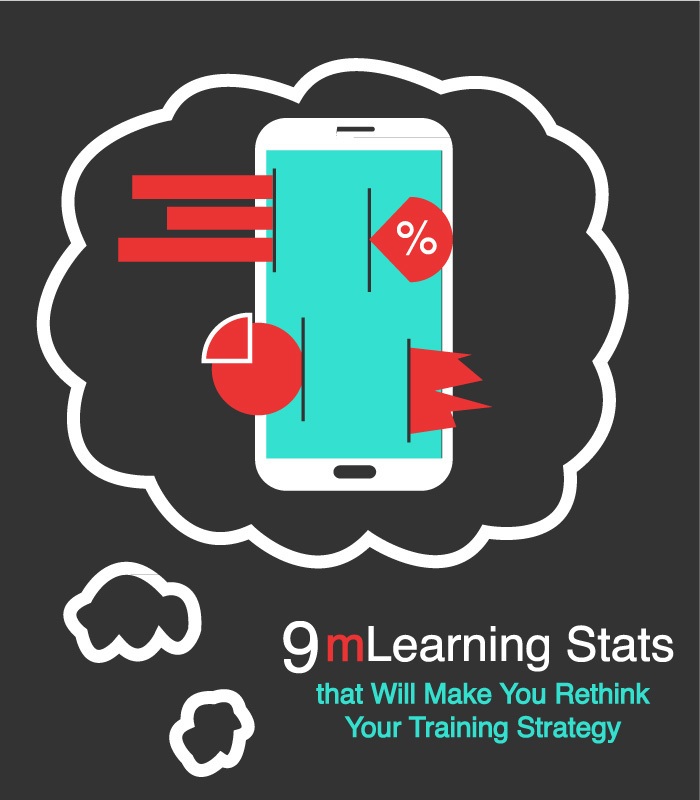 Mobile Learning Stats that Will Make You Rethink Your Training Strategy
Mobile Learning Stats that Will Make You Rethink Your Training Strategy
There is no question that mobile devices are changing corporate learning forever. However, this doesn’t mean classroom-based training or formal eLearning courses are going away, it just means the mobile movement is demanding companies to rethink their training strategies and to create learning programs especially for mobile devices.
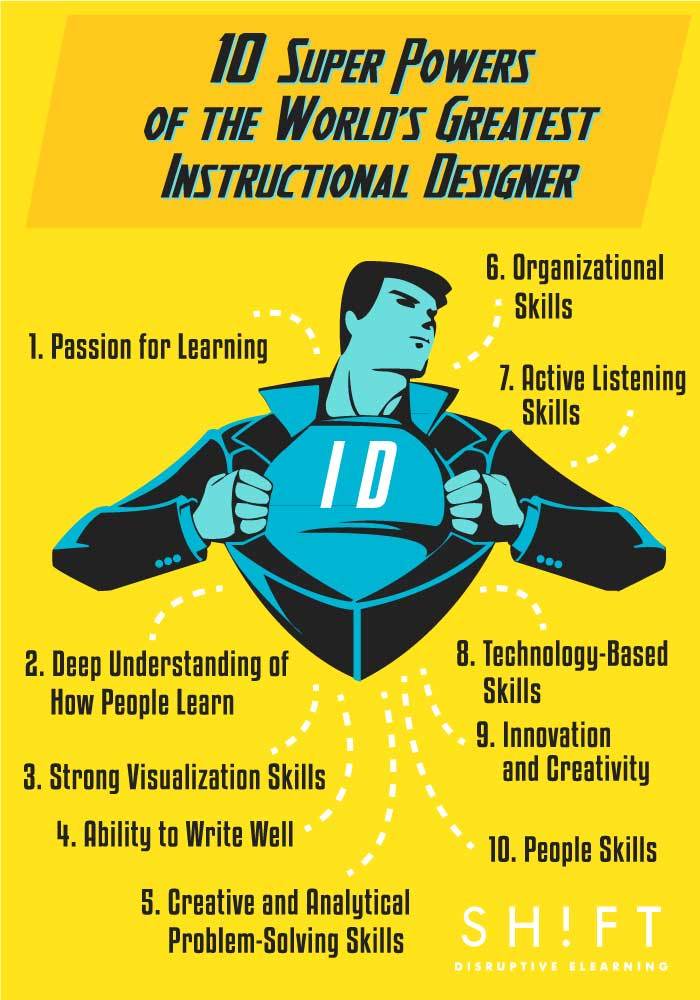 10 Super Powers of the World’s Greatest Instructional Designer
10 Super Powers of the World’s Greatest Instructional Designer
Any professional eLearning designer would agree that users are always at the heart of what they do. The bulk of our articles last year focused on users. But what about designers themselves? Who are they? What impressive feats do they perform? What skills do they possess? How crucial is their role in developing educational materials for a new generation of learners? Let’s not forget about these oft-overlooked professionals who help make eLearning possible, personal, effective and immediately app
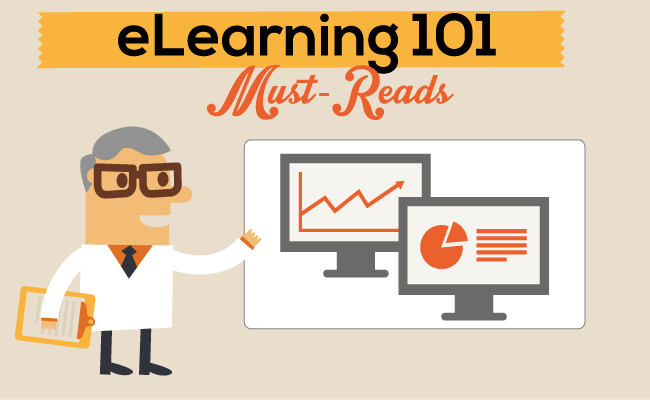 eLearning 101: 10 Must-Reads Before Creating Your First Course
eLearning 101: 10 Must-Reads Before Creating Your First Course
New to eLearning course development? Never built a course before? You don’t have any formal background in designing educational materials and interfaces? Making something useful and effective can be a little bit daunting especially for first-timers. But don’t worry. Here are some indispensable reads to the basics of creating winning eLearning courses.
![eLearning Year in Review: 6 Trends That Dominated 2013 [Infographic] thumbnail](https://elearningtags.com/wp-content/uploads/2013/12/2513188.jpg) eLearning Year in Review: 6 Trends That Dominated 2013 [Infographic]
eLearning Year in Review: 6 Trends That Dominated 2013 [Infographic]
eLearning trends in 2013 that probably will continue growing!
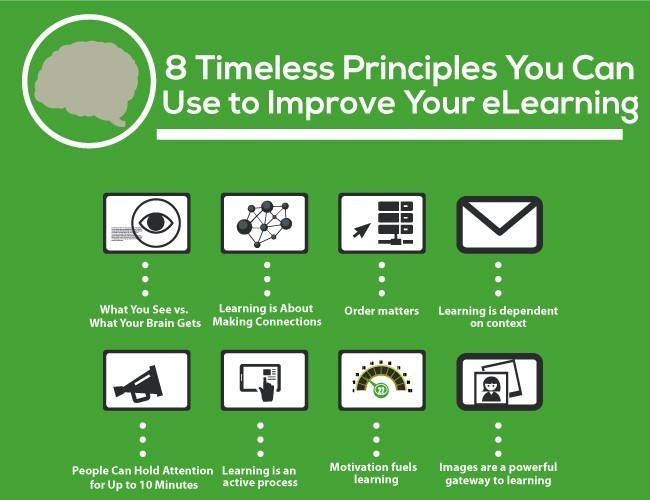 How People Learn: 8 Timeless Principles for Effective eLearning
How People Learn: 8 Timeless Principles for Effective eLearning
Effective learning doesn’t require expensive technology and elaborated training sessions. It doesn’t even demand the impossible from you, the course developer. But it does call for a change in mindset.
Such change begins once you understand how the human brain really works. Only then can you realize your role as a Creator of Learning.
Such change begins once you understand how the human brain really works. Only then can you realize your role as a Creator of Learning.
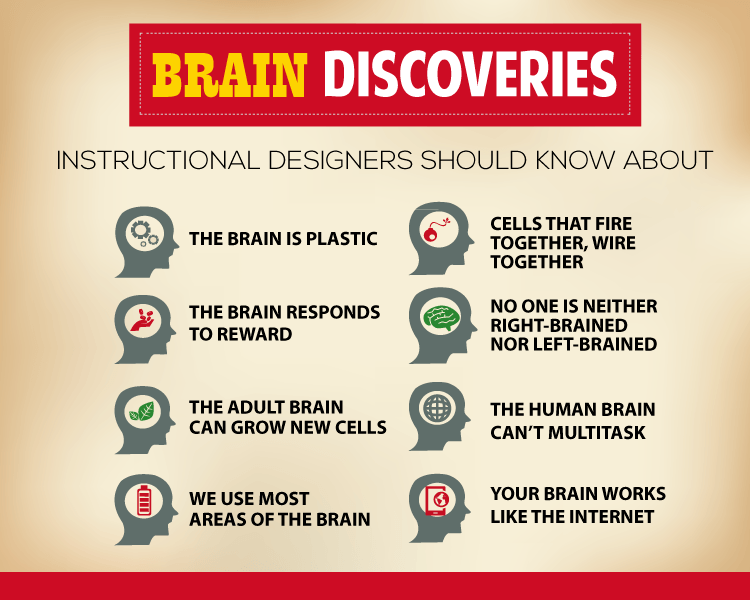 8 Brain Research Discoveries Every Instructional Designer Should Know About
8 Brain Research Discoveries Every Instructional Designer Should Know About
Every new discovery is an important piece of the brain puzzle and an indispensable guide to creating effective eLearning material. Understanding how the brain works definitely influences your student's learning readiness. Educators, instructional designers, and eLearning professionals in general ought to be interested in the brain because after all, they teach brains!
 Make 2014 Your Year: 24 Stats & Tips to Boost Your eLearning Strategy
Make 2014 Your Year: 24 Stats & Tips to Boost Your eLearning Strategy
It’s key you set aside some time to observe and plan your eLearning strategy for the new year. Here are 24 statistics, tips and tricks that might make you rethink the way you're approaching eLearning:
Submit Bookmark

